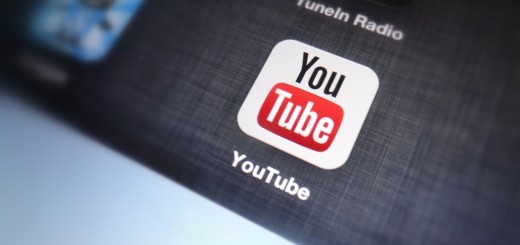Content: the mktg of tomorrow
Even within the fast-growing Asia-Pacific region, ASEAN countries stand out for their tremendous increase in costumers’ time spent online, participation in social media and online research, while time spent in traditional media is already slowing down in the more advanced markets.
From a media consumption perspective, the past few years can be summarised as the great fragmentation – more channels, more devices and more platforms. It has put customers in the driver’s seat, dictating their terms in how they want to interact with brands instead of the other way around.It is clear that if we not only want to reach, but also toengage audiences, brands need to be more nimble, more dynamic and more real-time than ever before.
Inspired by content strategies such as Coca-Cola’s ‘Liquid and Linked’, brands spent most of 2014 ramping up their content marketing efforts to tryt o reach costumers wherever they are across the many touchpoints now available to them. But is it working? According to AdAge research, 55 per cent of CMOs (Chief Marketing Officers) plan to increase spending on Content Marketing in the next 12 months, but only 8 per cent of marketers are very satisfied with their understanding of the effectiveness of Content Marketing thus far.
That makes sense, as the increasing opportunity incontent means there are more brands with even more to say than everbefore – making it even harder to stand out. As IBM CMO Jon Iwata said, “I believe all companies will become publishers, broadcasters, and analysts. IBM is investing heavily to become a publisher but a very particular kind of publisher. Pumping out information only adds to the noise.”
2015: re-organising for content
For 2015, we predict a move from marketers looking at content marketing in a vacuum to brands bringing content to the core of their marketing activities. We will see a shift in mindset from a tactical ‘plugging the content gap’to a more fundamental ‘re-organizing for content’. A new model, in which content is defined much more broadly, coming in more shapes andsizes than what traditional marketing functions were set up to handle.
No longer will the focus be on individual communication outputs such as TV spots, print and DM that tend to be loosely connected, but on content that is seamless, optimised, on-demand – flexed to every costumer engagement. Everything that brands put out into the world will be considered content and customers will always need to be central to the way it is designed,developed and distributed.
With the majority of social content still touting product benefits, discounts and brand news, an extraordinary change in mindset is required for marketers who will have to get used to selling more by selling less. Brands and their agencies need to rethink the way they organize their marketing, their ways-of-working and the very capabilities and skillsets that this requires from them.
All their energy should be put towards creating fair value exchanges where content becomesmarketing that works so well, that customers choose to spend time with it (and even save or share it). To achieve that, we believe that for 2015, brands will need to consider their entire content ecosystem –spanning mass media to social and email- and find a balance between these three types of content:
- Hero content – these are the brand-initiated propositions that are created and published on our terms and calendar. They’re typically leveraged to launch a new product, promote new innovations or as the start of a new conversation. Even though this is the closest to what we know as traditional advertising and includes TV, print, radio, planned social media posts, email newsletters and websites, this trade is becoming more open source and more tech-influenced.
- Lifeblood content – the content that’s right in the middle of brand-owned and customer-driven, where we stimulate and participate in ongoing debates, interactions and conversation that sit on owned platforms.
- Rapid response–where the outside world comes into the brand world by way of customers’ outreach, events and crises; the stimulus that forces brands to respond. This goes beyond simply creating real-time content – as it’s about creating content that is as timely as it is meaningful, original and on-brand.
Addressing individuals rather than crowds will be another big trend that carries over from 2014 into the new year, and that’s of incredible importance to especially ‘lifeblood’ content as data and personalization are the way to keep conversations on branded platforms meaningful, valuable and relevant.
With marketing effectiveness now driven by relevance i.e. the right message, in the right place, at the right time, to the right customer – wherever they are on the purchase journey, context is of the utmost importance for marketing in ASEAN.
Without taking into account local cultural, customer, market and competitor intelligence, content will fall short and will not drive the value marketers are looking for – instead creating more of the noise’ IBM’s Iwata warned us against.
Making content central to the marketing organization and changing the mindset throughout, increasing the capabilities and skillsets to leverage data, and always putting the customer central will be critical for marketers’ success in 2015. Only then will they be able to create the type of marketing that is so good, that customers simply can’t resist spending time with it.
The write up is part of the DMA Annual Report ‘What’s Trending 2015‘.
To book your own hard copy of the Annual, write to marketing@digitalmarket.asia


